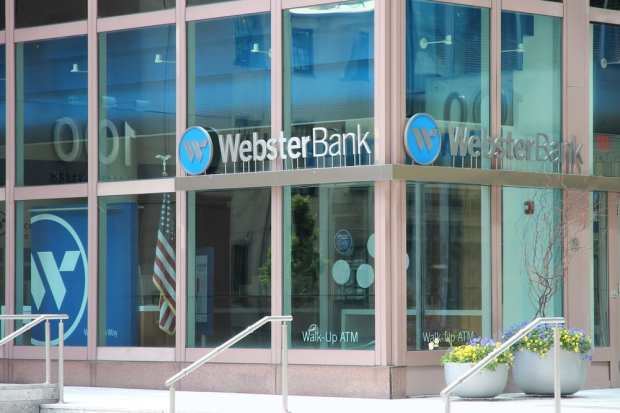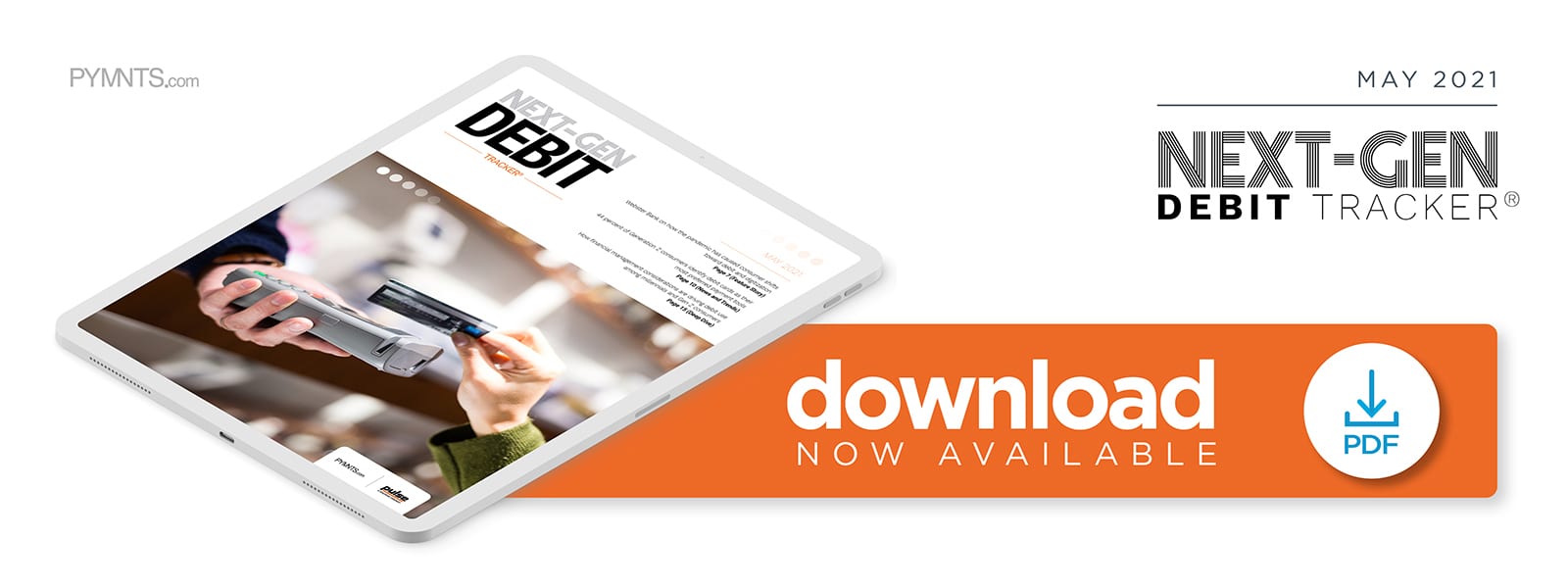Webster Bank On How The Pandemic Has Caused Consumer Shifts Toward Debit And Digitization

The pandemic has only increased debit’s appeal among debt-averse younger consumers, who are using it to pay for everything from monthly bills to small daily purchases. In the Next-Gen Debit Tracker, Desiree Wolfe, senior vice president and director of Product Services at Webster Bank, explains how digital wallets and co-signed debit cards can help banks attract and retain customers by meeting these consumers’ digital-first needs.
The pandemic has greatly impacted consumer banking behavior, pushing many consumers to use digital banking for safety and convenience and increasing debit card use among those looking to keep tighter reins on their spending during the economic downturn.
This behavior was amplified among Generation Z consumers and has trickled into older generations as they become more accustomed to digital tools. Millennials bridge the digital preferences of Gen Z with the traditional payment preferences of their older counterparts. Most consumers have trended toward touchless and away from paper-based payments, with debit topping the list of favored payment methods followed by credit, peer-to-peer (P2P), ACH, wire, cash and checks, according to Desiree Wolfe, senior vice president and director of Product Services for Webster Bank, which has 148 banking centers throughout Connecticut, Rhode Island, Massachusetts and New York.
“The pandemic [made] consumers become more pragmatic, which … made them prefer debit to credit,” she said in an interview with PYMNTS. “So, we see a reduction in discretionary spending. … We [have seen] a focus on practical payment.”
Wolfe noted that consumers tend to put the brakes on their spending and change the way they pay in response to massive societal shifts and events. Consumer demand for “clean money” impacted the operations of businesses and supply chains down the line.
“Shocks always have that response,” she noted. “What was specific with the pandemic, and what we’re still seeing, was the huge shift toward online, non-face-to-face payment. Digital had always been growing, but since the pandemic [began] … the size and the nature of all sorts of digital transactions … [is going] off the radar.”
Digitization Payment Trends
The surging preference for digital payments was a major development of the pandemic, and banks quickly worked to meet that need.
“Before the pandemic, cash was hovering around anywhere between 25 [percent] to 33 percent of consumers’ transactions,” said Wolfe, referring to numbers obtained from the Federal Reserve. “Today, although consumers still use everything, … checks have been going on a decline, and for the past five years leading up to the pandemic, they just flattened out. What we’re seeing from our customers is they are increasingly using debit cards in place of cash, and they’re decreasing the amount of cash they’re withdrawing from their accounts. So, we’re definitely seeing declines in cash required by our customers, and we’re seeing them use the debit card in places where they used to use cash.”
The end of cash use may not be in sight anytime soon, but Wolfe said the pandemic generated a strong desire for consumers to not deal with it as much, and some governments even mandated that the first phase of reopening should not allow for cash exchange.
“Retailers, grocery stores, convenience stores, dollar stores didn’t have easy access to currency anymore because there was a reduction of it in circulation,” she said. “When you were in stores at the [point of sale (POS), there were some that] were asking you to either pay by card or to have the exact change because they didn’t have as much.”
P2P networks continued having traction, with platforms like Venmo and PayPal maintaining significant volumes. Banks implemented Zelle-enabled P2P payments within their own digital ecosystems in response to the pandemic, helping more users become comfortable with the medium.
Favoring Debit
The consumer attraction toward debit card use was roughly even across generations, stimulated by various factors, including stimulus payments and small business loans.
“There was a strong government response to providing funds and stimulus to consumers and small businesses, and the way that response was dispersed was by putting it into their deposit accounts,” Wolfe said.
The pandemic additionally has caused changes in how consumers pay, such as with mobile order-ahead and curbside pickup — a trend that Wolfe said she believes will persist in the coming years.
“I think the element of calling ahead and scheduling, which was in place before the pandemic in a lot of places, will be more of the norm, and when that becomes [so], the way we’re set up to support that involves having a payment vehicle like a debit or credit card. A lot of the things that are in place, like digital wallets or Uber or Lyft platforms — it’s the debit card.”
This inclination for debit cards was more pronounced among Gen Z and millennial consumers who experienced the Great Recession and have generally worked to avoid debt.
“They were less inclined to use credit cards, preferring debit cards,” she said. “The younger generations also use debit more frequently and for smaller amounts than their older cohorts. Boomers have a higher ticket. Everything they buy is just higher … whereas millennial and especially Gen Z populations, they’ll use debit cards for a $1.25 transaction and think nothing of it.”
Owning a debit card also starts much earlier with certain Gen Z consumers than it did with millennials and certainly than with older generations. Wolfe said she has seen digital-native Gen Z consumers as young as 12 years old have debit cards co-signed by their parents and then be added to digital wallets for online transactions.
“These kids have no clue what checks are … but they’re familiar with debit cards and digital wallets,” she said.
The accessibility and convenience of cashless transactions is a top priority for many consumers who are more seriously managing their financial lives during the pandemic. Positive experiences with debit could inspire many to continue using this payment method for the long term.

